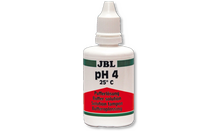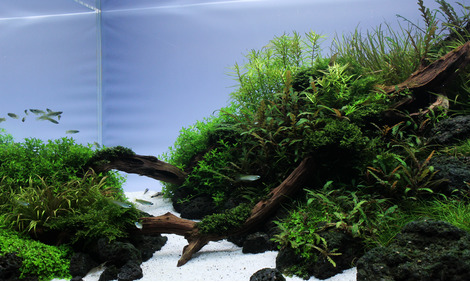This stand for cuvettes is very practical during calibration: during calibration the pH electrode is inserted in the cuvette, together with the temperature sensor and 10 ml calibration liquid. This tray has specially formed recesses to hold the cuvettes to prevent them from falling over.
JBL PROFLORA Cal Tray
To keep the cuvettes stable during the calibration
- The cuvettes, required for the calibration, can be put into this tray to make sure that they are safely fixed
- Imprints on the surface of the tray help orientation during the calibration
- The fourth opening holds the electrode
- Waterproof plastic material
- This tray for cuvettes and one electrode is already included in JBL ProFlora pH Control Touch
Price:
0,00 €
Recommended retail price incl. VAT
You may also be interested in
Details
This product is unfortunately no longer available
JBL PROFLORA Cal Tray
Art. no.:
6150400
EAN Code:
4014162615046
Size:
15x15 cm
Volume packaging:
0.56 l
Gross weight:
47 g
Net weight:
42 g
Weight factor:
1000
Packaging dimensions (l/h/w):
150/25/150 mm
Properties
| Animal species: | Arowana, Axolotl, Barbels, Bettas, Bichirs/reedfish, Blowfish, Catfish, Cichlids (South America), Corals, Crayfish, Danions, Discus, Dwarf shrimps, Flowerhorn, Gobies, Goldfish, Gouramis, Guppy, Juvenile fish, Killifish, Koi, Livebearers, Loaches, Mussels, Newts, Panchaxes, Rainbowfish, Snails, Spiny eels, Sturgeons, Terrapins, Tetra, Tropical terrapin, Veiltails, Water turtles, freshwater butterflyfish |
| Animal size: | For all animal sizes |
| Animal age group: | All aquarium fish |
| Volume habitat: | For all aquariums |
| Material: | plastic (PET) |
| Colour: | white |
Electronic label / illuminant
| Mercury: | No |
| Dimmable: | No |
FAQ
How can the holder for the cuvettes be cleaned?
Should some calibration solution be spilt, simply wipe the tray clean with a soft cloth and warm water.
-
Download
safety instruction for accessories
-
Filename:safety_instructions_zubehoer.pdf
-
Download
safety instructions
Customer reviews

















